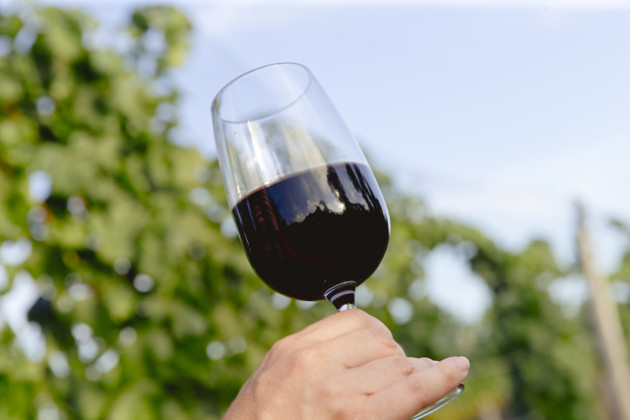Editor’s Note: This story originally appeared in the fall 2015 edition of the Long Island Wine Press
It’s no wonder that from time to time you can see a chip on the collective shoulder of Long Island winery owners and winemakers. They pour time and money into their work and then they hear and read this with some regularity:
“Long Island wines are over-priced.”
Sadly, just about everyone in and around the local wine industry has heard that declaration – or some version of it – multiple times during their careers.
Before we go any further, let’s clear up that misconception.
It’s easy to dismiss these statements as those of the misinformed or even ignorant, but if you’re used to spending no more than $15 or even $20 on a bottle of wine, Long Island wines can seem expensive, so maybe you are going to dismiss them before exploring them.
If $20 is your wine-buying barrier, Barolo, Chateneuf du Pape and most all of the world’s great wines are over-priced too. You won’t get to enjoy them. And you’re missing out.
But these folks know what they like and are able to spend what they are comfortable spending. In some ways I envy these people – I’d certainly have a lot more money left over at the end of the month if I could be happy drinking $15 wines from Chile, Portugal or “Somewhere Else” every night.
Long Island wines aren’t cheap and they never will be. It’s expensive to make wine here. Land costs are a major contributor, but labor costs are also higher than many regions. Because of Long Island’s climate and soils, four tons of fruit per acre is the absolutely maximum you can expect for some grape varieties if quality is your goal. For merlot and cabernet sauvignon, some wineries focus on 2 tons or fewer. In other regions the amount of fruit per acre can be much, much higher.

